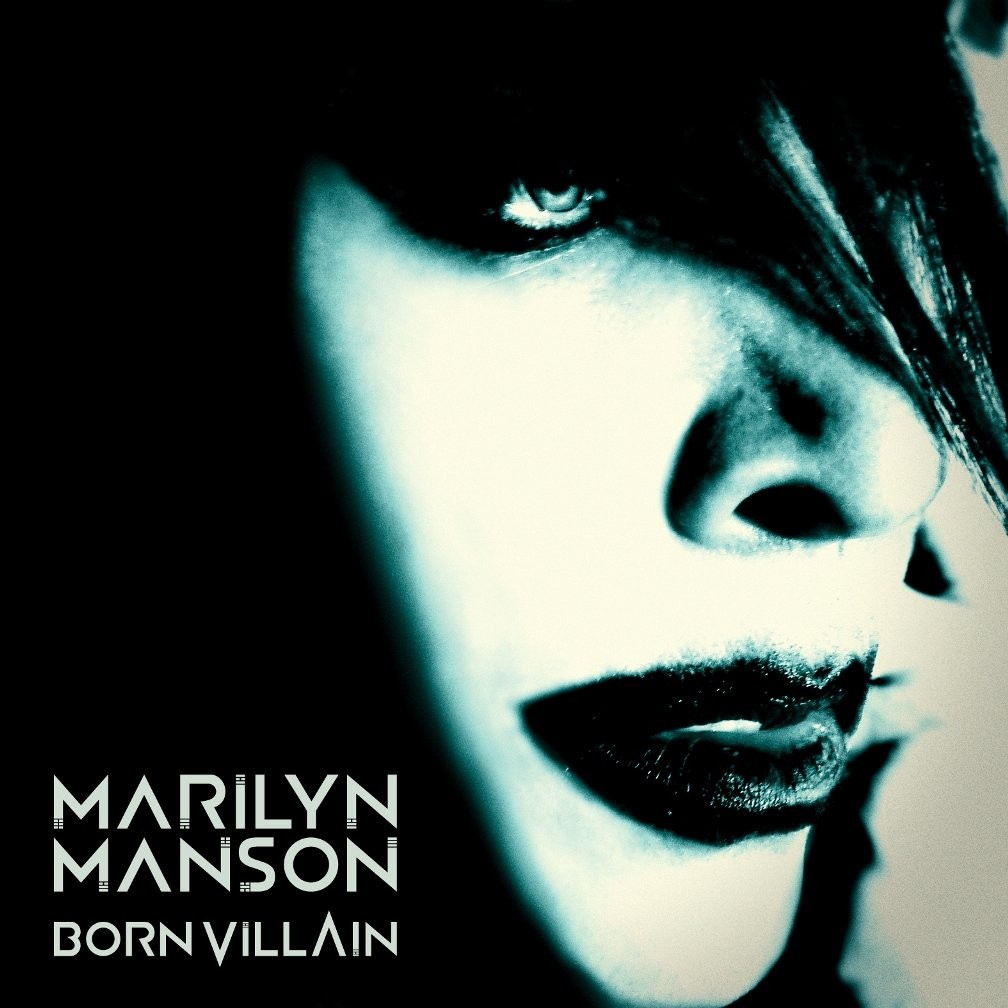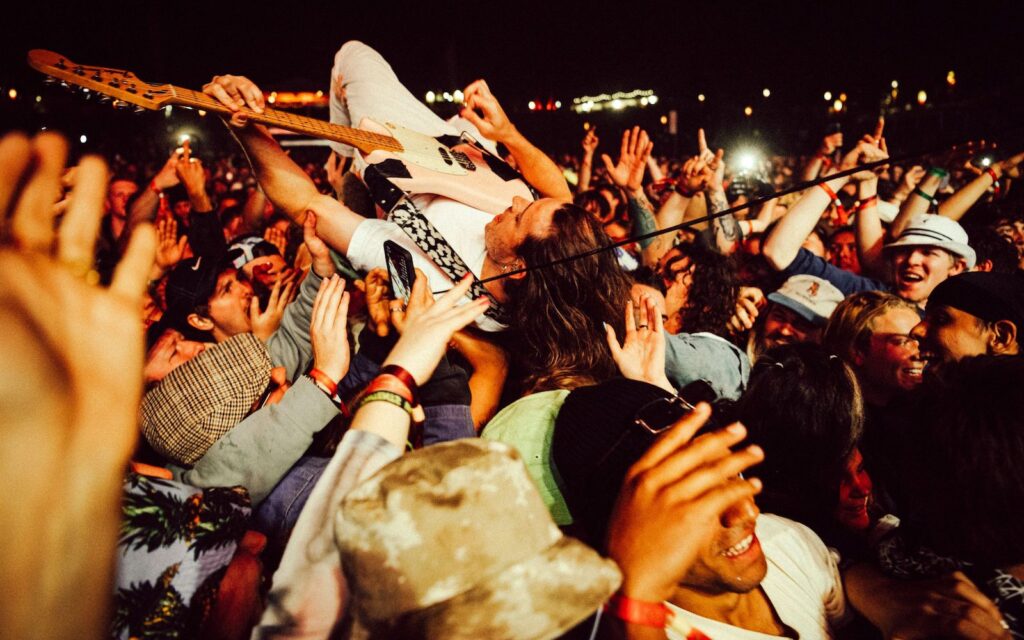“The beautiful thing about the album is that we’ve captured it in an old-school format. It goes to the essence of what I like about music in general: how it can be immediate, uplifting, and positive. I wanted the album to have that colour to it,” Bomba explains. The Mañana clip is awesome: shot in a room upstairs from the recording studio, the guys (in matching white singlets and hats) jump, dance and play their instruments around Bomba who sits in the foreground on his kit, flipping his sticks about in joyful abandon. The togetherness communicated is something reflected in the way the album was recorded, too: playing simultaneously in the one room. “[It’s] how all old recordings were done,” Bomba says. “Because there’s only a couple of microphones, all the energies and harmonic things combine to make a sound. The dominant practise to record is to isolate everything and then work on it later on. We went for a different technique. It was an essential part of the process.”
Bomba first heard Mento while in Essen, Germany for the Womex festival, and saw Stanley Beckford’s band play. The style predates both ska and reggae. “When you hear traditional Mento, there’s usually [a rhumba box], a banjo, sometimes a fiddle, guitars, a fife,” he says. “But the big thing about Mento is the vocal comment. It was a way of communicating things, and keeping it cheeky as well. That resonated really well with the way that we perform and the way that I write.” Bomba’s Maltese heritage has also informed this lyrical approach, with the music of the Caribbean very big on “making things up on the spot.” Bomba says the name for the act translates as ‘quickspirit’: “You get up in front of a crowd or at a wedding and you sound out a bit about the people there and you make up songs and stories. And I love that. That’s very much a Mento, Jamaican thing and very much a Maltese thing. I’m glad that I’ve found some link with that for me so I’m able to get the Maltese-Caribbean connection happening.”
There’s a lot written about the differences between Calypso and Mento, especially the apparent betrayal by Harry Belafonte (his version of Day-O is that which we all know and love from the greatest scene in Beetlejuice), and other popular cross-over musicians. Bomba grants you can make those distinctions, but he’s never promoted himself as a purist. “I like the fact that there’s an appreciation and a respect that this type of music was the forefather of all things reggae and ska and dancehall,” he says, “but I’m more the mash-up type. We do do classic Mento things, but Calypso was really the commercialised cousin of Mento. [Harry Belafonte’s tracks] were all Mento tunes. Calypso is kind of associated more with Trinidad than Jamaica; Mento is predominantly Jamaican.”
The poster art for Bustamento’s album is beautiful, the chief image a slightly faded, painterly collage of the band members sitting in a wooden boat at sea. Double bassist Barry Deenick stands with a scarlet macaw on his shoulder, trumpeter Paul Coyle peers through safari binoculars and the others look out to sea with colourful leis around their shoulders. A Hawaiian bobble-head hula girl sits on the boat’s rim and deep, dark tropical foliage covers the mountainous landscape of the island in the background. There’s a few curious items tucked into the scene and it’s rather mysterious, but Bomba chuckles and won’t give up any definitive info. “[The concept of artwork accompanying an album] has been devalued, because of the net: the cheapness, gig downloads. We spent a lot of time getting the artwork right. And I think we’ve scored a lot of goals with that: a lot of people have commented on the quality of the artwork.” Apparently fans have been trying to nab the large promo posters from cafe walls, so Bomba has made them available for purchase at shows.
Having just received a Music Fellowship Award from the Arts Council, Bomba is supremely excited about what this will mean for his future endeavours with the band, and the possibilities it affords him. “It helps in a real world fashion,” he says. “I was really honoured to receive it, and thankful to them for choosing me.” Here’s to furthering the humour and spirit of Mento, and Bomba’s place in the dance.
BY ZOË RADAS







